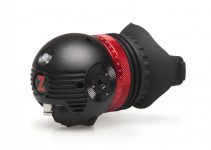When Fujifilm dropped the X-H2S it was one of the biggest generational upgrades they have made in a long while. The camera breathed new life into the flagship lineup and brought out the first stacked sensor to the mirrorless X Series as a whole. This unleashed so much potential for stills and video.
With so many changes coming in a single release it may be worthwhile to look at what some of the biggest improvements were first. This is where ProAV TV comes in with a rundown of what they believe are the five biggest upgrades with the X-H2S.
There is a heavy focus here on video specs, so just keep that in mind if you are wondering about the photo side too. The X-H2S is plenty good for still so don’t worry.
1. X-Trans 5 Processor
This is the first X Series camera to have the X-Trans 5 processor and it definitely benefits from the sensor’s stacked architecture. The system is able to directly pull information from the sensor into processing. This extra speed makes a difference.
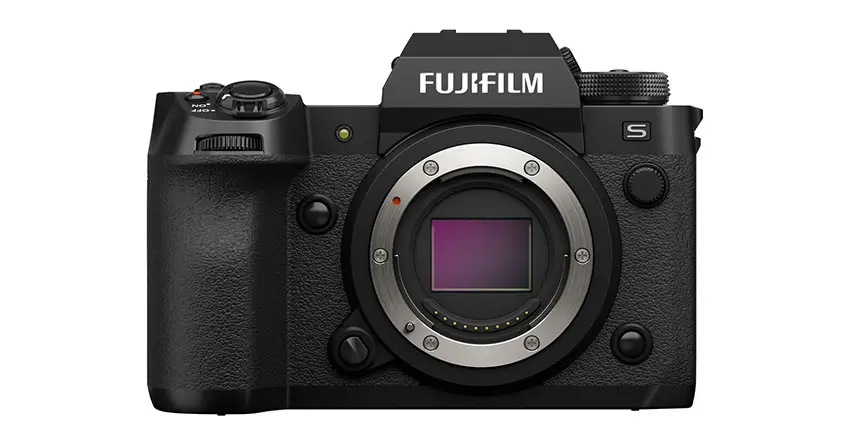
Image Credit: FUJIFILM
Where the X-H2S wins big is that the use of an APS-C sensor makes it the first relatively affordable stacked system in a mirrorless body.
Rolling shutter is a huge upgrade with a measured 9.7 ms readout time in 4K. This makes it essentially a non-issue.
Increased dynamic range is yet another positive. Fujifilm even had to develop F-Log 2 specifically because of the increased DR.
The stacked sensor and new processor are the reason for all the new changes in the X-H2S.
2. ProRes Recording
New processing power and a fast CFexpress Type B slot allow for processing a lot more data. This includes the ability to record in the much heavier ProRes format.
There are the LT, standard 422, and HQ flavors on offer here. Having ProRes is a relatively new thing for mirrorless and the older compressed formats used to be among the most limiting areas of these hybrid cameras.
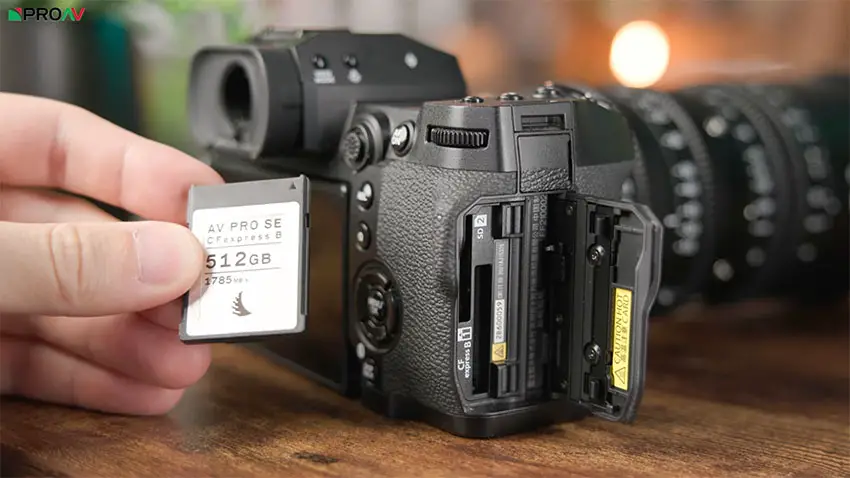
Image Credit: ProAV TV
ProRes is an industry standard and it is wonderful to have it as an option.
3. Autofocus
AF has been improving with every new Fujifilm camera. Usually this is limited by the processing and sensor design.
There is a brand-new processing setup here and that can be seen and felt in the autofocus performance. In their limited tests it appeared to be more responsive and very accurate.
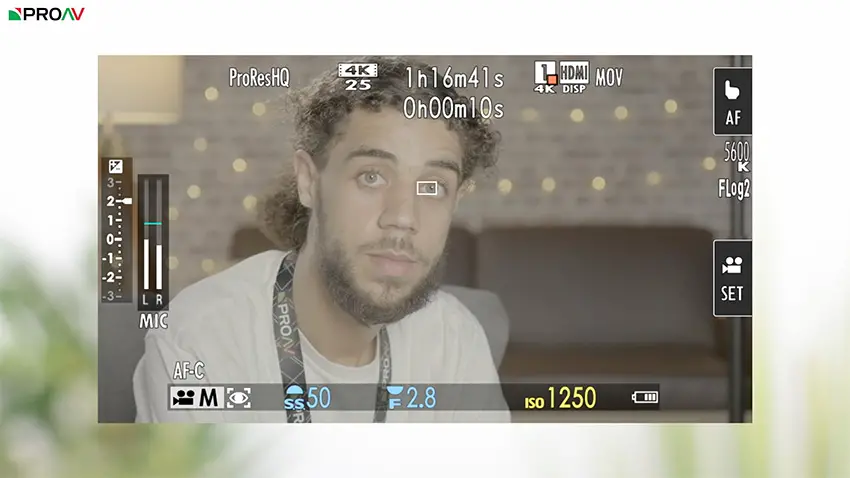
Image Credit: ProAV TV
4. 6.2K Open Gate
For full quality video you’ll want to use the 6.2K open gate mode—a first for Fujifilm. It records the entire 3:2 sensor area at up to 30p.
Obviously there are benefits to the higher resolution for downsampling or cropping in post. It’s not just reframing either, you can better frame for vertical and horizontal video with a single shot thanks to the extra real estate.

Image Credit: ProAV TV
There’s also anamorphic to consider.
5. 4K 120p
It’s looking like 4K 120p is the next recording option that will become a standard for mirrorless cameras. The X-H2S has it, though there is a slight 1.24x crop when using it and slightly less detail.
Very usable though there is no audio recorded.
Conclusion
Those are the top five, but there are a few more honorable mentions:
- Full-size HDMI output
- Raw output
- Mic and headphone jacks
- Smart hot shoe with support for optional Tascam XLR unit
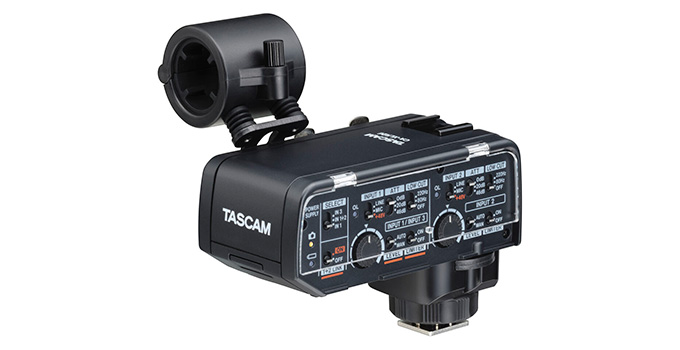
Image Credit: Tascam
The X-H2S is a fairly complete package for hybrid shooters. The APS-C format also makes it a more practical and affordable system for many.
This was an impressive release. What do you think of the X-H2S.
[source: ProAV TV]
Order Links:
- FUJIFILM X-H2S Mirrorless Camera (B&H, Amazon)
- Tascam CA-XLR2d-F XLR Microphone Adapter Kit for FUJIFILM (B&H, Amazon)
Disclaimer: As an Amazon Associate partner and participant in B&H and Adorama Affiliate programmes, we earn a small comission from each purchase made through the affiliate links listed above at no additional cost to you.




